The insurance industry is undergoing a significant transformation, driven by the integration of technologies like generative AI, blockchain, and the Internet of Things (IoT). This shift has given rise to digital insurance marketplaces that are revolutionizing how consumers shop for and purchase insurance products.
As companies continue to leverage advanced technologies like AI and data analytics, the insurance landscape is becoming more personalized, efficient, and cost-effective. In 2025, the top platforms will offer comprehensive comparison tools, transparent pricing, and streamlined application processes, making it easier for consumers to secure appropriate coverage. For more information on related topics, you can visit our article on top life insurance companies for 2025.
Key Takeaways
- The evolution of insurtech is transforming the insurance industry through automation and enhanced efficiency.
- Digital insurance marketplaces provide more personalized and cost-effective insurance solutions.
- Advanced technologies like AI and data analytics are driving the transformation in the insurance sector.
- Consumers can access a wider range of insurance products and providers through digital platforms.
- The shift to digital platforms fosters greater competition, ultimately leading to better value for consumers.
The Evolution of Digital Insurance Marketplaces
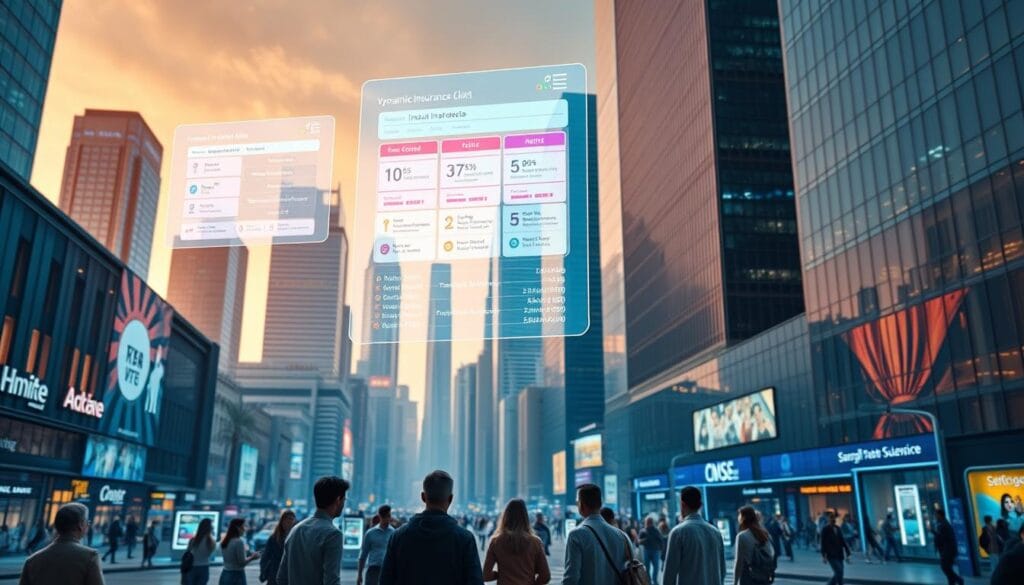
As technology advances, the insurance industry is undergoing a substantial shift towards digital platforms. This transformation is driven by the integration of technologies such as generative AI, blockchain, and the Internet of Things (IoT), making insurance more accessible, efficient, and personalized.
From Traditional to Digital Insurance
The insurance industry has undergone a profound transformation over the past decade, shifting from paper-based, agent-dependent processes to streamlined digital platforms that empower consumers. Traditional insurance distribution relied heavily on brokers and agents, resulting in higher costs and limited transparency. The digital revolution began with simple online quote comparison tools and has evolved into sophisticated marketplaces that leverage advanced data analytics and artificial intelligence to match consumers with optimal coverage options.
How Technology is Reshaping the Insurance Industry
Technology has fundamentally reshaped the insurance industry by enabling real-time risk assessment, personalized pricing models, and automated underwriting processes that reduce costs and improve efficiency. The evolution of digital insurance marketplaces represents a paradigm shift in the industry’s approach to customer acquisition and service, creating more direct relationships between insurers and policyholders while reducing administrative overhead. Modern digital insurance platforms utilize systems that can process vast amounts of customer data to deliver more accurate quotes and coverage recommendations.
According to industry experts, “The integration of advanced technologies in insurance is not just a trend, but a necessity for companies to remain competitive in a rapidly changing market.” This underscores the importance of adopting digital solutions in the insurance sector.
Benefits of Using Digital Insurance Platforms

The rise of digital insurance platforms has transformed the insurance industry, providing customers with more efficient and personalized services. These platforms leverage advanced technology to simplify the insurance purchasing process, making it more accessible and user-friendly.
Time and Cost Efficiency
Digital insurance platforms deliver significant time and cost efficiency by automating the quote comparison process. This allows consumers to review multiple insurance options in minutes rather than days. The elimination of traditional intermediaries reduces overhead costs, often translating to lower premiums for customers who purchase through digital marketplaces.
Personalized Coverage Options
These platforms use sophisticated algorithms to analyze customer data and recommend tailored insurance products that precisely match individual needs. This personalized approach enhances the overall customer experience, ensuring that consumers receive relevant coverage.
Transparent Comparison Tools
Transparent comparison tools enable consumers to evaluate insurance offerings side-by-side, with clear information about coverage limits, exclusions, deductibles, and premium costs. This empowers more informed decision-making and improves the overall customer experience
By providing efficient and personalized services, digital insurance platforms are revolutionizing the way consumers interact with insurance products. As the industry continues to evolve, these platforms are likely to play an increasingly important role in shaping the future of insurance.
Types of Digital Insurance Marketplace Models

Several digital insurance marketplace models have emerged to cater to diverse customer needs. These models leverage technology to provide innovative solutions, enhancing the overall insurance experience.
Digital Brokers and Comparison Platforms
Digital brokers and comparison platforms serve as virtual insurance marketplaces, allowing consumers to compare offerings from multiple insurance companies simultaneously. They often provide AI-driven recommendations based on customer profiles and preferences, simplifying the process of finding the right insurance coverage.
Peer-to-Peer (P2P) Insurance Models
Peer-to-Peer insurance models represent an innovative approach where groups of individuals with similar insurance needs pool their premiums together. This creates a shared risk community that can result in lower costs and partial premium refunds when claims are low, making it an attractive option for those seeking community-driven insurance solutions.
On-Demand and Usage-Based Insurance
On-demand and usage-based insurance models leverage technology to provide flexible coverage that can be activated only when needed or priced according to actual usage patterns. This creates more personalized and cost-effective solutions for modern consumers who require flexibility in their insurance coverage.
Parametric Insurance Platforms
Parametric insurance platforms utilize predefined triggers and automated claims processing to deliver immediate payouts when specific conditions are met. This eliminates the traditional claims adjustment process, providing faster financial relief after covered events and enhancing the overall customer experience.
The diversity of digital insurance models has expanded the market considerably, creating specialized solutions for previously underserved segments and introducing innovative approaches to risk management and coverage delivery.
Best Digital Insurance Marketplaces 2025 for Personal Coverage
In 2025, the best digital insurance marketplaces for personal coverage are leveraging technology to provide streamlined and customer-centric experiences. These platforms are transforming the way consumers interact with insurance providers, making it easier to compare and purchase policies.
Lemonade
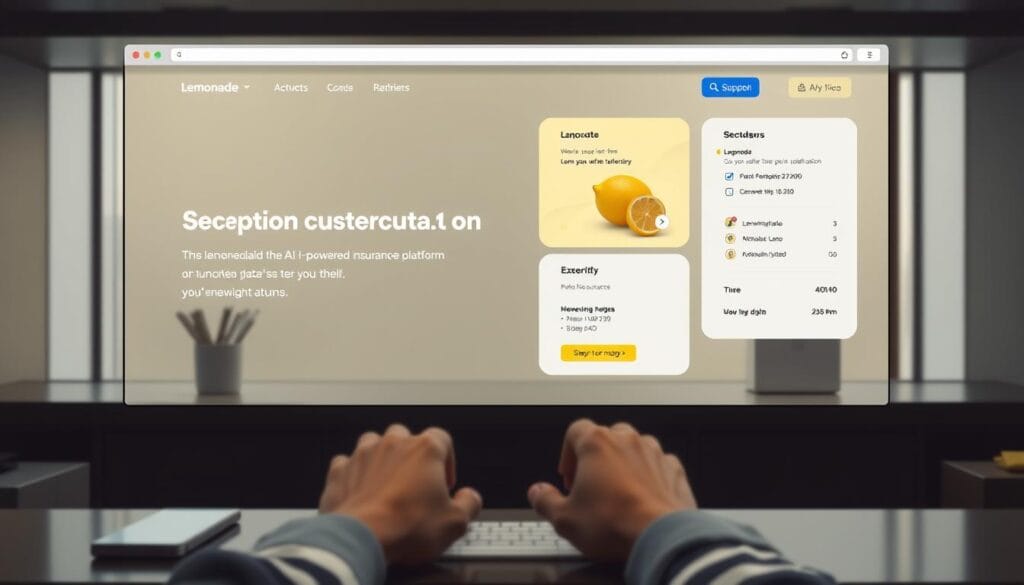
Lemonade is a pioneer in using AI and behavioral economics for homeowners, renters, and pet insurance with a digital-first approach. It has revolutionized the personal insurance market with its AI-powered platform that can process claims in seconds rather than days.
Policygenius
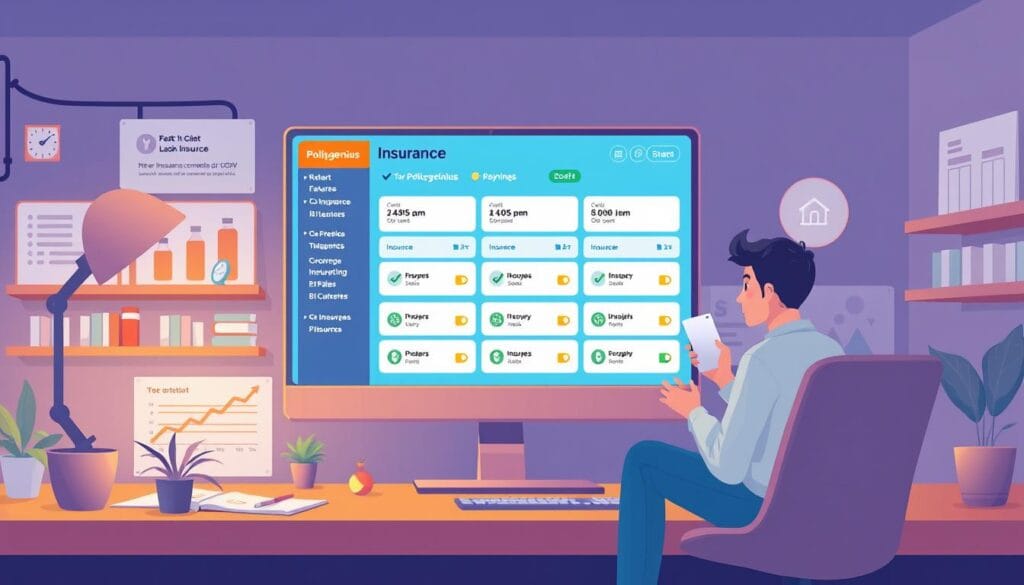
Policygenius works to make shopping for insurance easier, providing a one-stop shop where customers can compare insurance rates and sign up for the best ones for their needs. It stands out as a comprehensive insurance marketplace that allows consumers to compare and purchase multiple types of coverage through a single platform.
Insurify
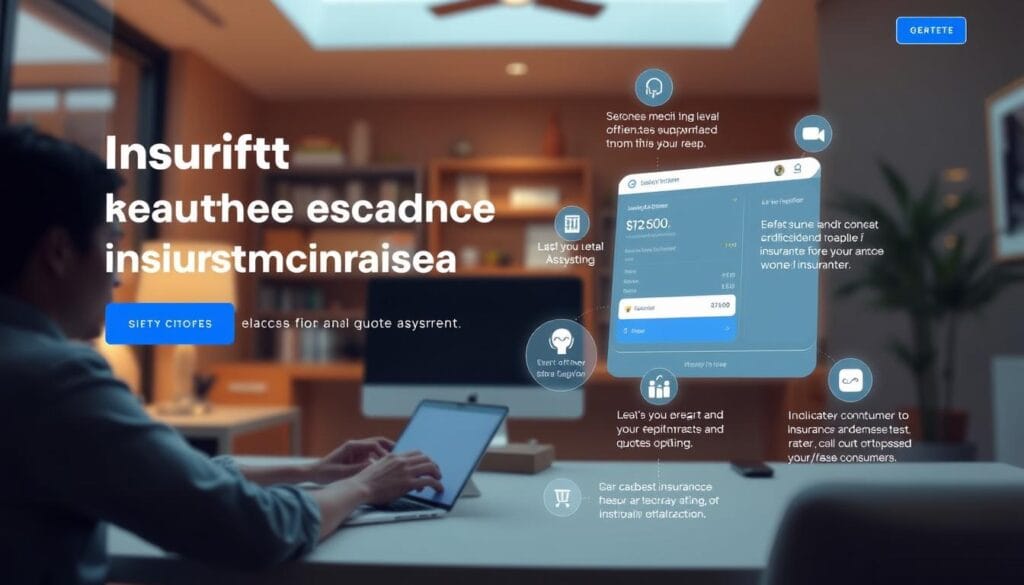
Insurify applies AI technology to shopping for auto, home, life, and renters insurance. It leverages advanced data analytics and artificial intelligence to deliver highly personalized insurance quotes from multiple providers.
EverQuote
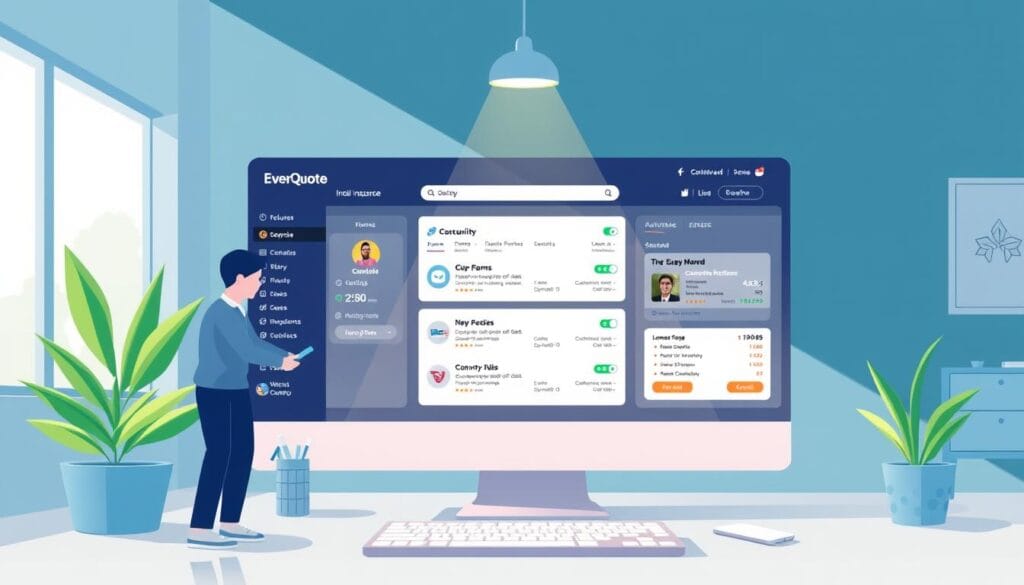
EverQuote strives to reshape how customers shop for insurance plans. It has established itself as a leading digital insurance marketplace by connecting consumers with carriers that best match their needs, utilizing sophisticated matching algorithms.
Oscar Health
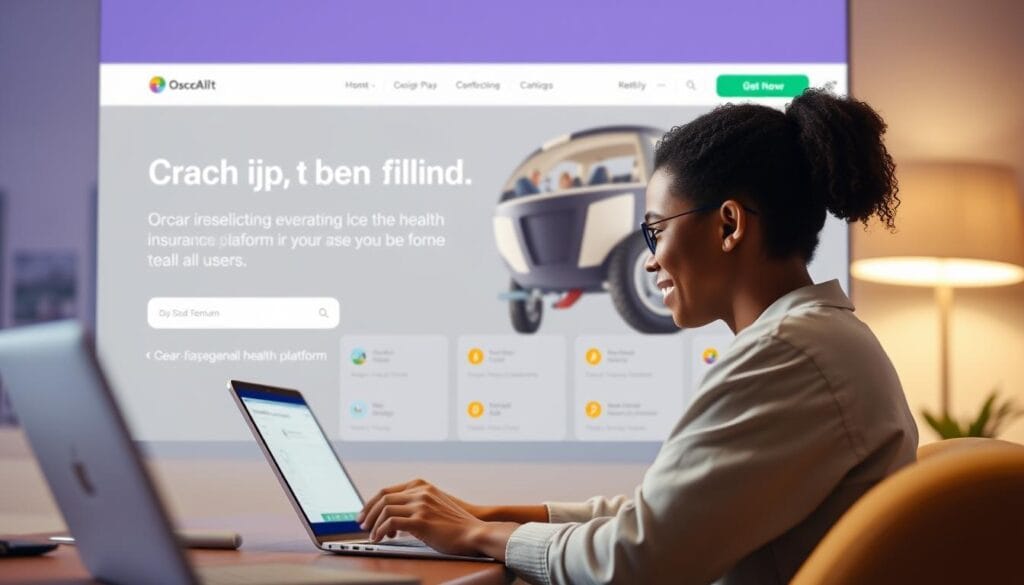
Oscar Health transforms health insurance through technology with user-friendly interfaces and customer-focused services. It has disrupted the health insurance market with its technology-focused approach, offering intuitive digital tools for finding care, managing benefits, and accessing telemedicine services.
These top digital insurance platforms for 2025 share a common focus on leveraging technology to streamline the insurance purchasing process, but each offers unique solutions and specializes in different coverage types to address various customer needs.
Top Digital Marketplaces for Business Insurance
In the realm of business insurance, digital marketplaces are revolutionizing how companies find coverage. These platforms leverage technology to simplify complex insurance processes, making it easier for businesses to protect their assets.
Next Insurance
Next Insurance has transformed the small business insurance landscape by offering fully digital, customizable coverage options that can be purchased entirely online, with policies tailored to specific industry requirements and risk profiles.

Embroker
Embroker utilizes sophisticated data analytics and artificial intelligence to streamline the business insurance process, offering industry-specific packages that address the unique risks faced by different types of companies, particularly in the technology sector.

Simply Business
Simply Business operates as a comprehensive marketplace for small business insurance, allowing entrepreneurs to compare quotes from multiple carriers and find coverage that balances protection and affordability for their specific business needs.

Vouch Insurance
Vouch Insurance specializes in serving technology startups and scale-ups with customized insurance solutions designed specifically for the unique risks faced by innovative companies, from data breaches to intellectual property disputes.

Pie Insurance
Pie Insurance has disrupted the workers’ compensation market by leveraging data science to offer more accurate pricing, often saving small businesses up to 30% compared to traditional carriers while providing a fully digital experience.

These business-focused digital insurance marketplaces are revolutionizing commercial coverage by simplifying complex policies, reducing paperwork, and providing instant access to certificates of insurance and policy management tools. For more information on top digital insurance providers, visit Top Digital Insurance Providers for 2025.
Specialized Digital Insurance Marketplaces
The rise of specialized digital insurance marketplaces is revolutionizing insurance coverage by providing tailored solutions for specific insurance needs. These platforms leverage advanced technology and data analytics to offer more personalized and efficient insurance products.
Root Insurance for Auto Coverage
Root Insurance has pioneered the use of telematics and mobile technology in auto insurance, using actual driving behavior data rather than demographic factors to determine premiums. This approach can potentially save good drivers up to 52% compared to traditional carriers.
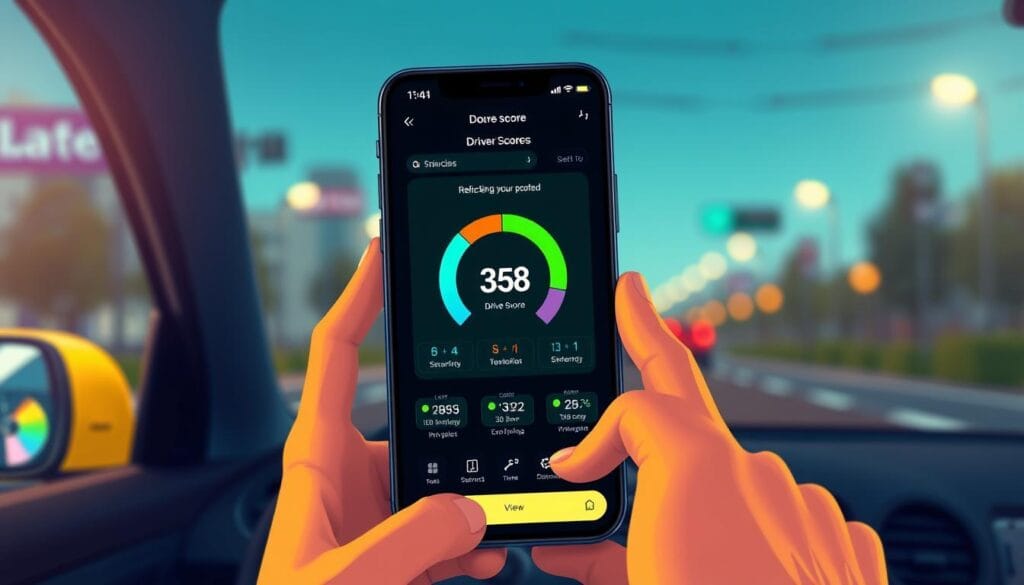
Hippo for Home Insurance
Hippo has revolutionized home insurance by incorporating smart home technology and proactive monitoring systems. These systems detect issues before they cause major damage and provide policyholders with preventative maintenance recommendations, enhancing property protection and reducing claims.

Bestow for Life Insurance
Bestow has streamlined the life insurance application process by eliminating medical exams and using advanced data analytics to underwrite policies in minutes rather than weeks. This makes coverage more accessible to younger demographics and improves customer experience.

Pumpkin and Trupanion for Pet Insurance
Pumpkin and Trupanion represent the evolution of pet insurance marketplaces. Pumpkin offers comprehensive wellness plans alongside accident and illness coverage, while Trupanion’s unique 90% reimbursement model and direct veterinary payment system simplifies the claims process for pet owners, improving customer satisfaction.

These specialized digital insurance marketplaces demonstrate how technology can transform specific insurance verticals by addressing unique customer pain points and leveraging data to create more personalized and efficient insurance products. By focusing on specific insurance types, these platforms develop deeper expertise and more tailored solutions than general insurance marketplaces.
Key Features to Look for in Insurance Marketplaces

The best insurance marketplaces distinguish themselves through a combination of innovative features that cater to diverse customer needs. These features not only enhance the overall customer experience but also streamline the insurance process, making it more efficient and personalized.
User Experience and Interface
A seamless user experience and intuitive interface are critical, allowing consumers to navigate complex insurance options without confusion. This is achieved through clear design and simple navigation.
AI-Powered Recommendations
AI-powered recommendation engines analyze customer data to suggest appropriate coverage options, improving the relevance of insurance offerings and helping consumers avoid coverage gaps.
Claims Processing Capabilities
Advanced claims processing capabilities, including digital submission and automated assessment tools, determine the post-purchase experience, making it faster and more efficient.
Customer Support Options
Comprehensive customer support options, combining automated assistance with access to licensed professionals, ensure that consumers can get help when needed, enhancing their overall experience.
How to Effectively Compare Insurance Options Online
To make informed decisions, individuals must be able to compare insurance options effectively, considering multiple aspects of each policy. Transparent comparison tools enable consumers to evaluate insurance offerings side-by-side, with clear information about coverage limits, exclusions, deductibles, and premium costs.
Understanding Coverage Details
Effective comparison of insurance options online begins with a thorough understanding of coverage details, including policy limits, exclusions, and additional benefits that may differentiate seemingly similar offerings. Consumers should create a standardized checklist of needed coverage elements and systematically evaluate how each option addresses these specific needs.
Evaluating Premium vs. Deductibles
When evaluating premiums versus deductibles, customers should consider their financial situation and risk tolerance, as lower premiums typically come with higher deductibles that could create financial strain in the event of a claim. Leveraging data visualization tools available on many insurance marketplaces can help customers better understand the relationship between coverage options, premium costs, and potential out-of-pocket expenses.
Reading Customer Reviews and Ratings
Customer reviews and ratings provide valuable insights into the actual service experience with different insurance companies, helping to identify potential issues with claims processing, customer support, or policy administration. By examining these reviews, consumers can gain a more comprehensive understanding of the risks and benefits associated with various insurance providers.
Future Trends Shaping Digital Insurance Platforms
The digital insurance landscape is on the cusp of a revolution, driven by emerging technologies that promise to redefine the industry. As automation and analytics continue to advance, they are transforming insurance operations and processes.
Agentic AI and Automation
Agentic AI represents a significant leap forward in insurance automation, enabling systems to make complex decisions independently. This technology is set to revolutionize underwriting, claims assessment, and customer service.
Blockchain and Smart Contracts
Blockchain technology is enhancing transparency and reducing fraud in the insurance industry. Smart contracts automate policy execution and claims payment, streamlining operations and improving efficiency.
Telematics and IoT Integration
The integration of telematics and IoT is revolutionizing risk assessment and pricing models. By providing real-time data, these technologies enable more personalized and dynamic insurance products.
These emerging trends and technologies are converging to create a more responsive and efficient insurance industry. As they mature, we can expect to see new insurance models emerge that offer more holistic protection against evolving risks.
Conclusion: Maximizing Savings Through Digital Insurance Marketplaces
With the advent of digital insurance marketplaces, the process of buying insurance has become more streamlined and customer-centric. These platforms deliver significant time and cost efficiency by automating quote comparisons, allowing consumers to review multiple insurance options in minutes.
To maximize savings, customers should leverage these marketplaces, which offer insurance solutions with enhanced customer engagement. The industry is witnessing significant growth due to these platforms. According to Swiss Re’s report on digitalization, analytics and underwriting are crucial in modern insurance companies. Additionally, cyber insurance for small businesses is becoming increasingly important.

